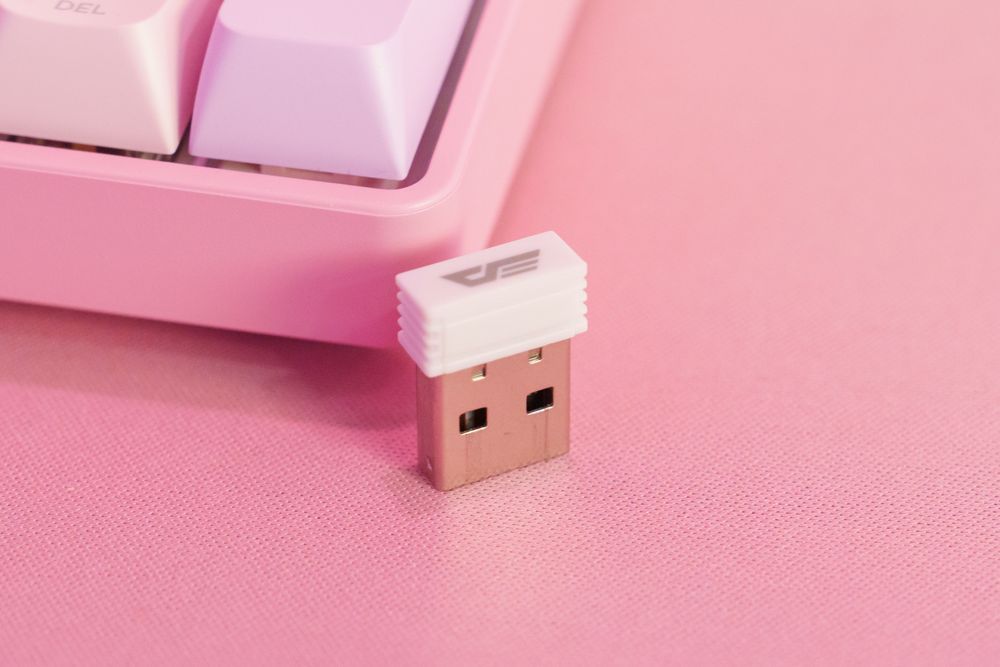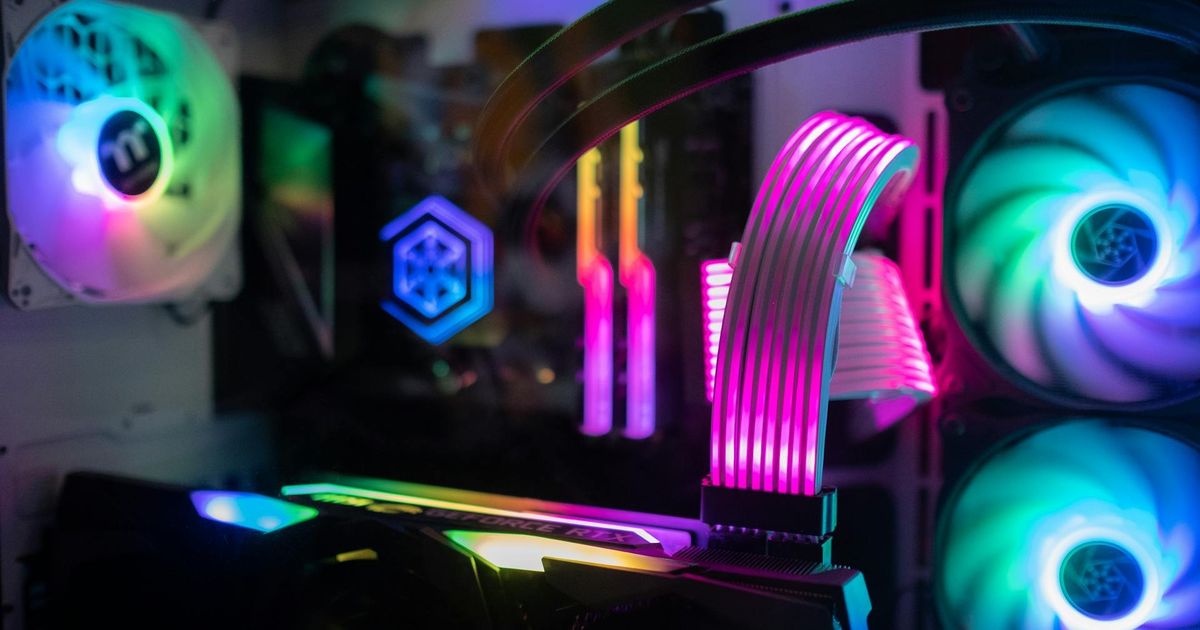
Before understanding the differences between USB and WiFi 2.4G, it's important to know what 2.4G is.
2.4G refers to the 2.4 GHz wireless frequency band, which is a commonly used range for wireless communication. It's mainly used in WiFi, Bluetooth, wireless mice and keyboards, wireless headsets, and other devices.
What are the characteristics of 2.4GHz?
Strong signal penetration: Compared to 5GHz, 2.4G signals can better penetrate walls and obstacles, making it more suitable for long-distance transmission.
Longer transmission range: Under the same power, 2.4G can reach farther distances, which is ideal for larger spaces.
Widespread usage: Many wireless technologies like Bluetooth and WiFi operate on the 2.4G band, so interference is something to watch out for.
Differences Between USB 2.4GHz and WiFi 2.4GHz
Difference 1|Different Uses
USB 2.4GHz: Mainly used for wireless connections to devices like mice, keyboards, and headsets. It uses the 2.4GHz band for low-latency, high-stability wireless transmission.
WiFi 2.4GHz: Used for internet connectivity. It also uses the 2.4GHz band to provide wireless networking over longer distances, though it's more prone to interference.

Difference 2|Different Communication Technologies
USB 2.4GHz: Uses RF (radio frequency) wireless technology to create a dedicated channel between the USB receiver and the device, resulting in a more stable connection that’s less affected by WiFi interference.
WiFi 2.4GHz: Supports multiple device connections, but too many devices on the same frequency can cause slower speeds and less stability.

Difference 3|Connection Range and Interference
USB 2.4GHz: Typically supports a range of about 5–10 meters. Since it uses a dedicated channel, interference is relatively low, making it great for gaming and other demanding uses.
WiFi 2.4GHz: Can reach over 30 meters, but is easily affected by other 2.4G devices, which can weaken the signal and reduce internet speed.

USB 2.4GHz vs. WiFi 2.4GHz Comparison Table

While USB 2.4GHz has a dedicated connection channel with lower chances of interference, having too many USB 2.4G devices nearby can still cause interference.



